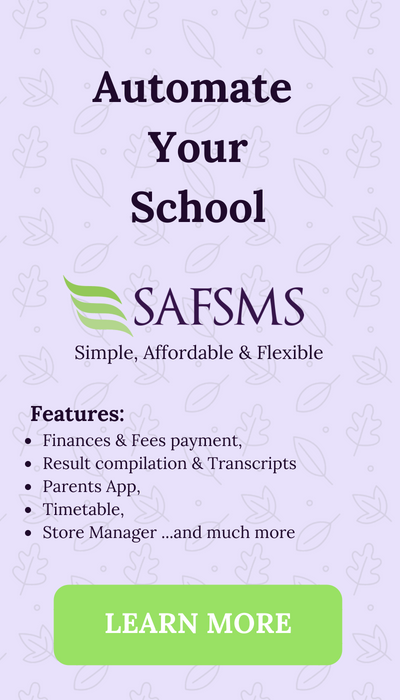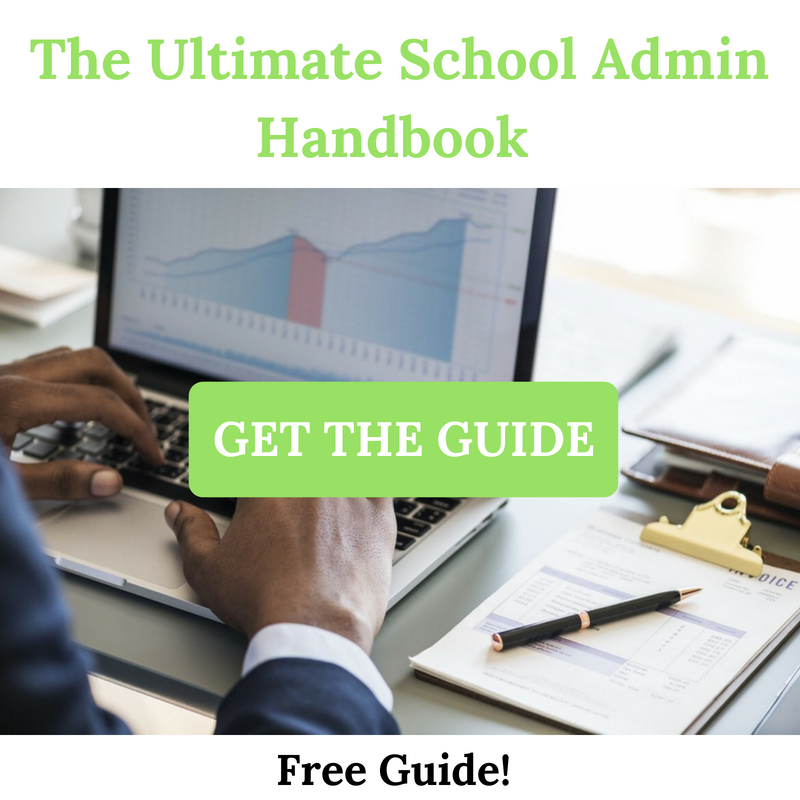No two teachers are alike, and any teacher with classroom teaching experience will agree that their style of teaching is uniquely their own. Having the most effective teaching strategies or styles engages students in the learning process and helps them develop critical thinking skills.
Efficient teachers are always on the prowl for new and exciting teaching strategies that will keep their students motivated and engaged.
Here are a few teaching strategies that have been a staple in most classrooms. Depending on your style, preference, and your students, choose those that suite your needs.
-
Cooperative Learning
Cooperative learning gives students the opportunity to work with others and see different points of view. Research shows that students learn more effectively when working together rather than apart, and it is also known to improve self-confidence in students.
The jigsaw technique is especially effective because each student is responsible for one another’s learning, and students find out really quick that each group member has something equally important to contribute to the group in order to make the task a successful one.
Students are exposed to and use many skills throughout this strategy:
- Communication
- problem-solving skills
- cognition
- critical thinking, all of which are essential for a successful academic career.
-
Inquiry-Based Instruction
Inquiry-based learning implies involving students in the learning process so they will have a deeper understanding of what they are learning. We are born with the instinct to inquire just as babies use their senses to make connections to their surroundings.
For our students to be successful in the 21st century, they need to be able to answer complex questions and develop solutions for these problems. The Inquiry-based learning strategy is a great tool to do just that.
Inquiry-based learning strategies are used to engage students to learn by asking questions, investigating, exploring, and reporting what they see. This process leads students to a deeper understanding of the content that they are learning, which helps them apply these concepts they are learning in new situations.
-
Differentiated Instruction
Differentiated instruction strategies allow teachers to engage each student by accommodating to their specific learning style. According to Howard Gardner’s Multiple Intelligence Theory,
“ every person has a different mind, and therefore each person learns and understands information differently”.
Differentiating instruction offers a way to meet all students needs. One helpful strategy to differentiate instruction is learning stations. Learning stations can easily be designed to enable students with diverse learning needs. Teachers can set up each station where students will be able to complete the same task, but at the level and style that is specifically designed for them.
-
Graphic Organizers
Graphic organizers are a simple and effective tool to help students brainstorm and organize their thoughts and ideas in a visual presentation. Simply put, they help students organize information so it is easier for them to comprehend.
Graphic organizers can be used for any lesson; to structure writing, brainstorming, planning, problem solving, or decision-making. The most popular organizers are the Venn diagram, concept map,etc
-
Utilizing Technology in the Classroom
Integrating technology in the classroom is a great way to empower students to stay connected in this technological era. Technology-rich lessons have been found to keep students motivated and engaged longer.
Some examples of utilizing technology in the classroom are to
- create web-based lessons or a Webquest
- multimedia presentations such as a video, animation, or some type of graphic
- utilizing a tablet or an iPad
- taking your class on a virtual field trip
- participating in an online research project
- creating a class website. Any of these technology integration strategies will have a positive impact on student learning.
An experienced teacher knows that not every teaching strategy that you use will be an effective one. There will be some hits and misses, and depending on your teaching style, and the way your students learn, you will figure out which strategies work and which do not. It may take some trial and error, but it doesn’t hurt to try them all.
What are your top teaching strategies to use in the classroom? Do you have a favorite that works well in your classroom? Share with us in the comment section below, we would love to hear your ideas.






